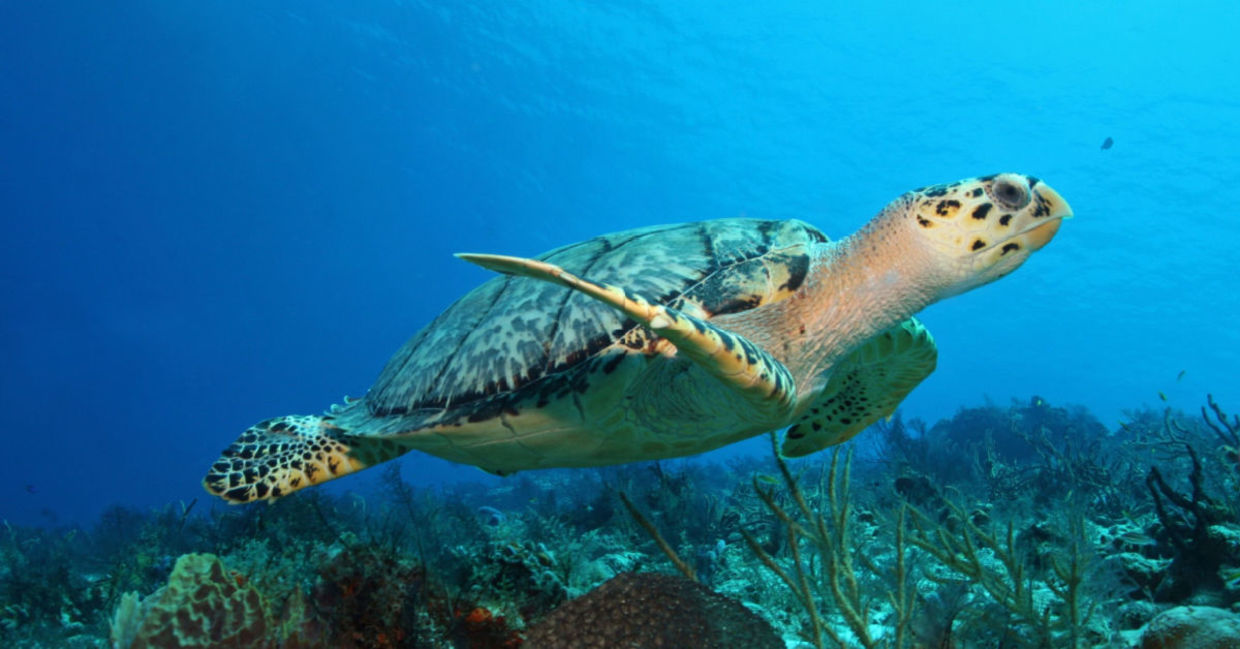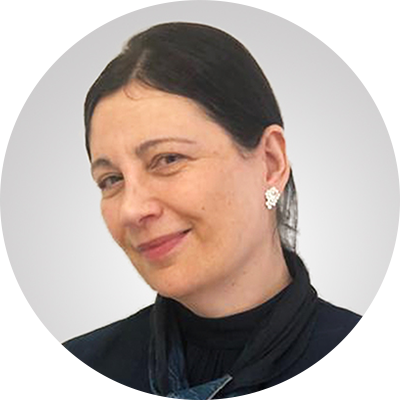
(Brian Lasenby / Shutterstock.com)
Cosme Becerra is a Mexican fisherman, or he was, until a lightbulb moment came to his family when a turtle waiting to be dinner in their bathtub moved their hearts. It put them on a completely different path: The road to conservation, Mongabay reports.
The poignant tale of a paradigm shift
Becerra worked in the small fishing community of Bahía De Kino (Kino Bay) in the state of Sonora, northwestern Mexico. For locals, turtles were often just a way to earn a little extra cash, and consumed occasionally, but mostly considered bycatch (unwanted animals that become entangled in fishing gear). He was also tasked with sacrificing a turtle for several years in the 1990s to be eaten as food for a local festival, and it was on one of these occasions that the family’s transformation happened.
It was the sound of the large turtle’s wheezing in his bathtub night after night that led to a change of heart. As he explains to Mongabay: “That sigh — that noise — wouldn’t let me sleep… On one side, I was hearing it, and on the other side, Moni, my wife, would not let me sleep, saying to me: ‘Poor little thing… look at how she’s crying. Did you see her tears? They’re all over the floor. … Let her go, please.’” Although reluctant, because the turtle wasn’t his to release, his wife’s insistence led to him returning the turtle to the sea the very next day.
Ever since, the family have ceased eating and killing turtles. But Becerra didn’t stop there. In 2007, he started working as a boat captain for marine mammal monitoring efforts for the Prescott Center, an Arizona-based educational institution.
This work led to him convincing his extended family of the value of wildlife conservation. Today, all practice sustainable fishing while also spending time on conservation work, pooling funds to buy a boat for this purpose while Baracca now dedicates his work to local turtle conservation efforts, often with the support of several nonprofits.
His extended family of around 15 people now make up the core of the Grupo Tortuguero de Bahía de Kino Facebook group monitoring and rescuing turtles in the area. The group has been trained by experts in the field, including instructors from a turtle protection group in Baja California Sur, in skills such as the capture, tagging and release of turtles. Its work is focused on the La Cruz Lagoon, a protected wetland area that is home to several endangered species of turtles as well as birds and plants.
The significance and value of local know-how
A number of locals in the Kino Bay area are members of the Comcaac Seri Nation, an indigenous community with a traditional fishing culture and rich heritage. It is a community in northern Mexico that has survived for centuries surrounded by the challenging environments of the sea and the desert.
What several articles and nonprofits that work on turtle conservation in this region have highlighted, is that this rich experience brings real added value to their efforts to protect these ocean-going reptiles. Rodrigo Trejo, coordinator of the Prescott Center’s Wetland Conservation and Community Projects Program, underlines the value of the information generated by the “community science” of the Kino Bay Turtle Group to Mongabay. He is in awe of the fishing family’s shift away from selling and consuming turtles to protecting them, and even generating research and scientific databases.
This local involvement in turtle welfare efforts also represents a sense of giving back to the sea and its animals that fishers depend on. Alfonso Morales, 22, is one of a party of five young Indigenous Comcaac Nation locals who are being mentored by the Becerra team to form their own turtle conservation group, as Fronteras Desk details. Morales was drawn to help so he could give back to the sea creatures that have provided sustenance to his people for millennia, helping them survive in the Sonoran desert.
Turtles are central to the culture’s stories and songs, and in their creation story, it is a turtle who carried sand from the ocean floor that was used to form the land: “It’s like exchanging a little bit of work to protect this species for all that it’s given us,” he tells Fronteras Desk.
814 sea turtles and counting
Today, Mongabay reports, over eight hundred sea turtles have been monitored by the Kino Bay Turtle Group. The team also works to identify abnormalities in the turtles, some of which Becerra attributes to heavy metal pollution in the ocean. The work now takes in knowledge-sharing with fellow conservationists, and environmental education for pupils interested in ecology, as well as fellow fishers.
A greater local community awareness about the need to protect turtles has clearly emerged out of the accelerated local conservation efforts. It is now more common for fishers to bring turtles who have gotten caught in their nets to the conversationists, and for local children to name the turtles they meet. “It is satisfying to feel highlighted by the community, by the people, by the children,” Becerra tells My Modern Met.
Becerra is thrilled that his extended family, even its youngest members, are now so involved with protecting turtles. He tells Fronteras Desk that his grandson recently gave a presentation to his second-grade class on his family’s conservation efforts: “It was a proud moment, he said, and one that gives him hope for the future.”
YOU MIGHT ALSO LIKE:
Meet Chicago’s Favorite Turtle Celebrity
How to Become a Conscious Tourist
Forever Pad Found for Cute North Carolina Dog and Goat Besties!







